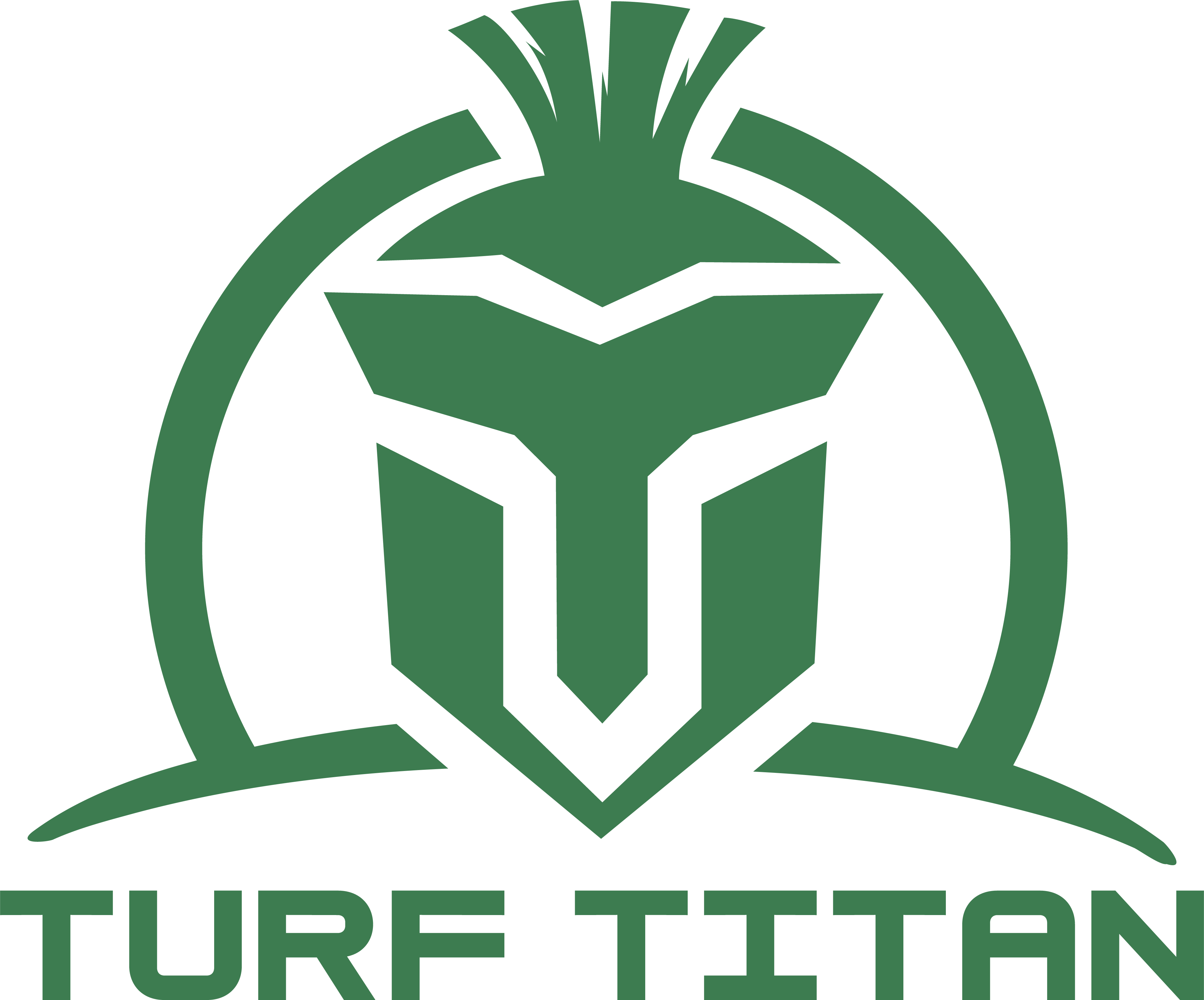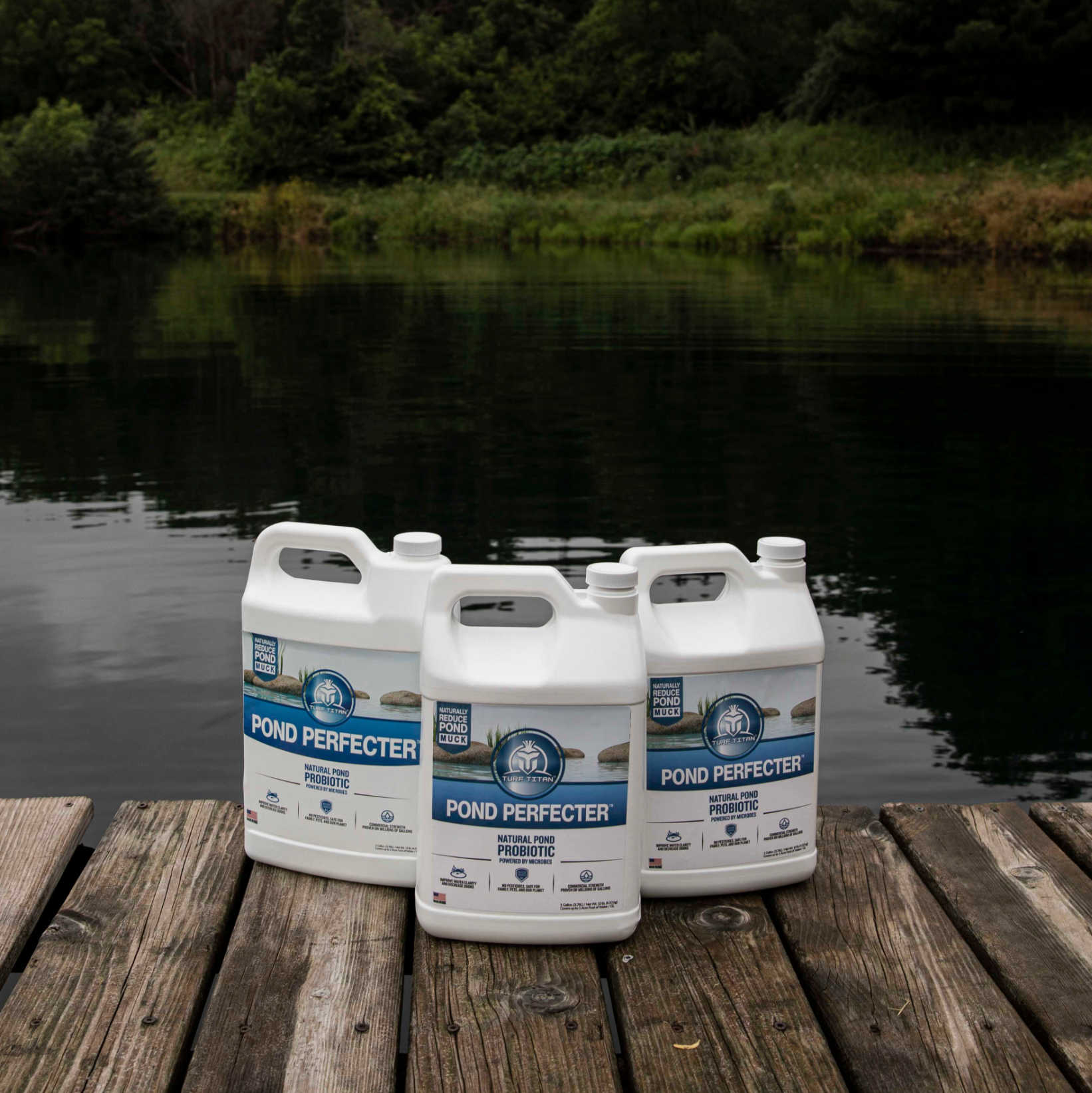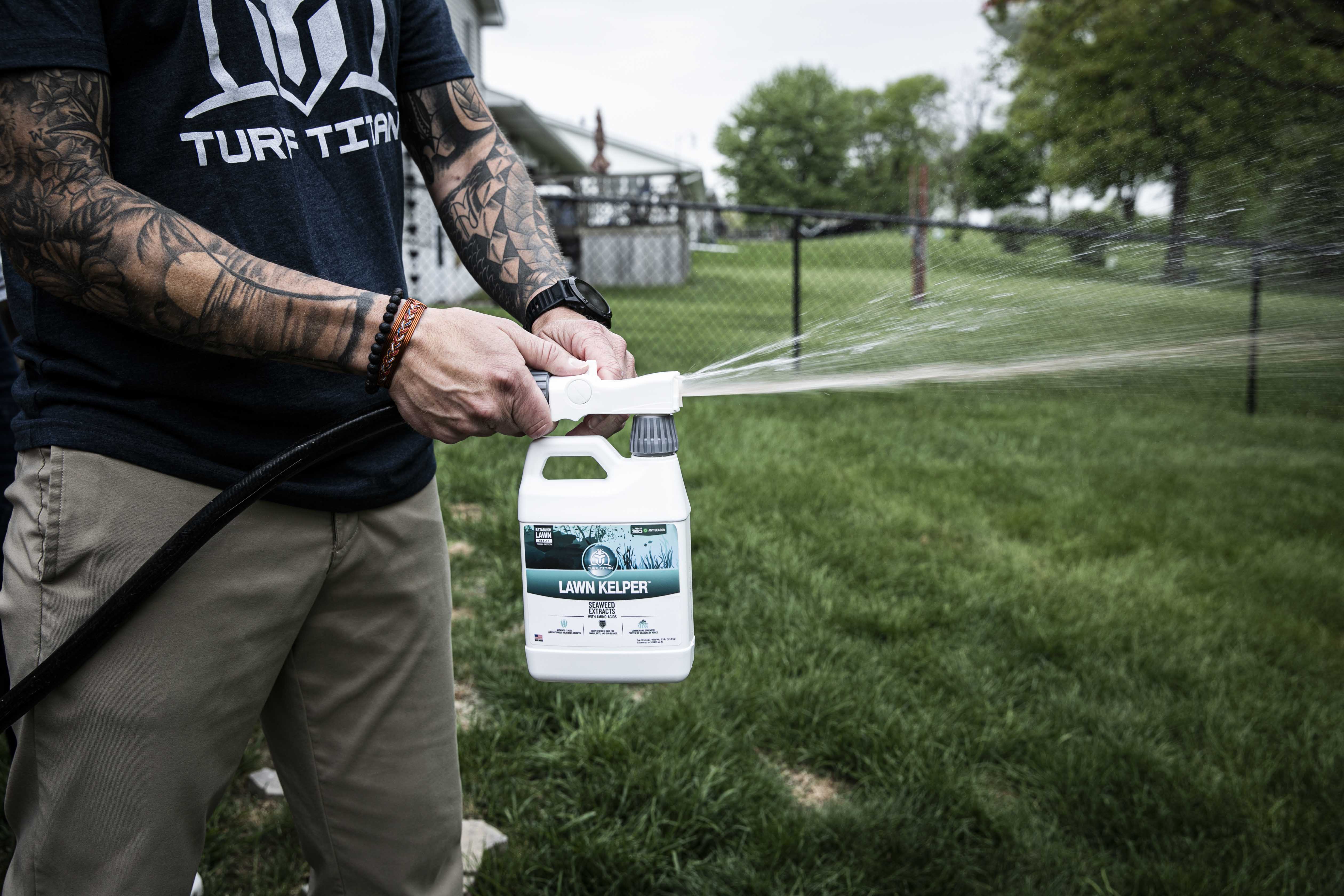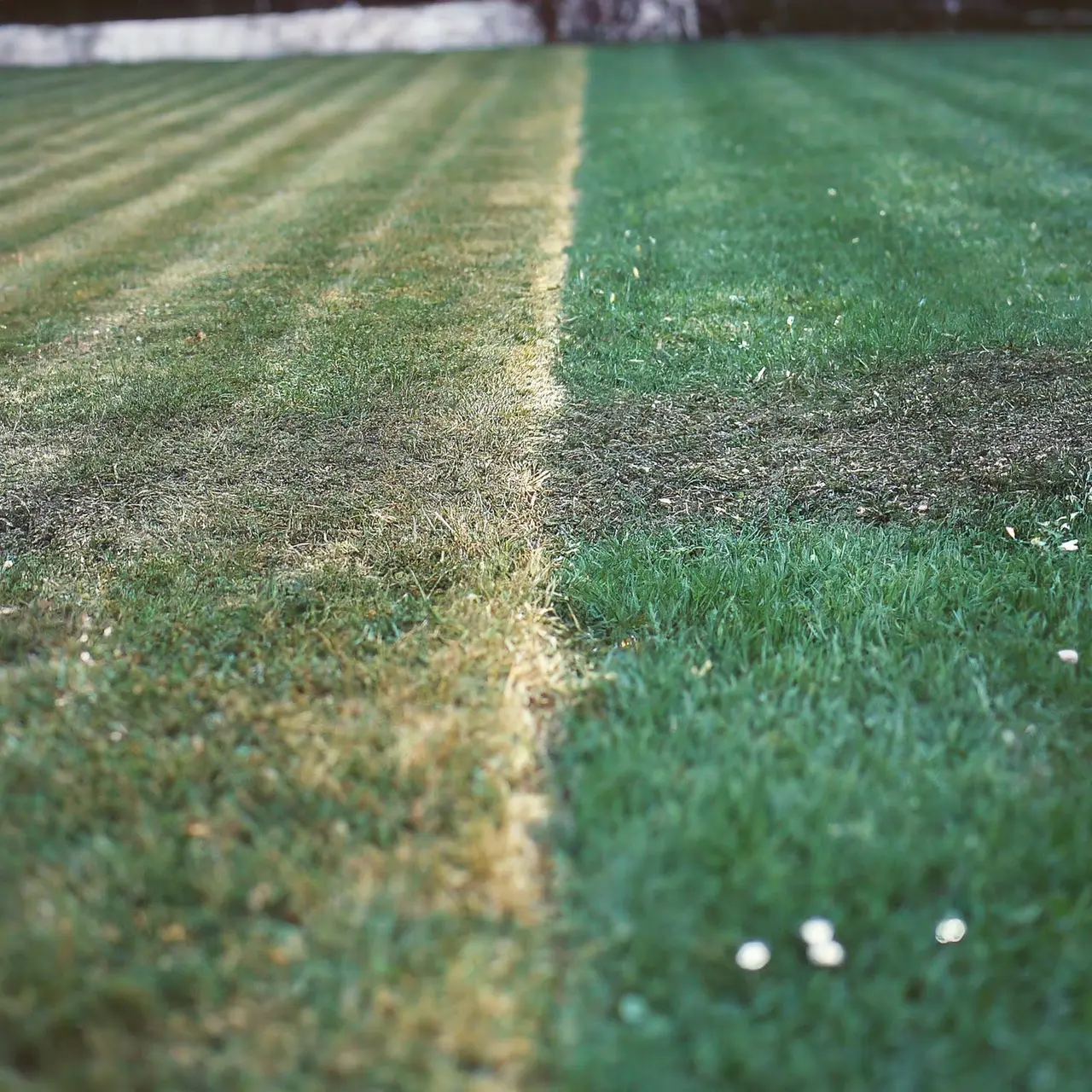Transform your tired, lackluster grass into a vibrant, thriving oasis. Dive into the secrets of lawn regeneration and unlock the potential lying dormant in your soil.
Understanding Lawn Regeneration
At its core, lawn regeneration involves reviving damaged or unhealthy grass, fostering its return to a state of health and vibrancy. This process is crucial for homeowners who aspire for lush, green lawns but face challenges such as bald patches, thatch buildup, or disease.
Key to this transformation is understanding the biological and environmental factors affecting lawn health. Factors such as soil composition, climate, and local biodiversity play pivotal roles. Embracing these elements allows us to work with nature, rather than against it, to foster a resilient and self-sustaining lawn ecosystem.
Assessing Your Soil’s Health
The journey to a healthier lawn begins underground. Soil health is the bedrock of effective lawn regeneration, affecting everything from nutrient uptake to water drainage.
A simple soil test can reveal much about your lawn’s needs, including pH levels and nutrient deficiencies. Adjusting these variables can drastically improve your lawn’s health, laying the groundwork for successful regeneration.
Understanding your soil’s texture—whether it’s clay, sand, or loam—is equally important. This knowledge will inform your approach to aeration, watering, and amending soil, ensuring optimal conditions for grass growth.
Key Steps to Revitalize Your Lawn
Effective lawn regeneration is a blend of science and art, requiring patience and precision. A step-by-step approach, starting with aeration, creates pathways for air, water, and nutrients to reach the soil.
Follow aeration with overseeding, introducing new grass varieties that can thrive in your lawn’s unique conditions. Selecting the right seed blend is critical, considering factors like shade tolerance and foot traffic.
Next, consider soil amendments based on your soil test results. Topdressing with quality compost can improve soil structure and add beneficial microorganisms. These actions, combined with regular, deep waterings and appropriate fertilization, will encourage deep root growth and robust grass.
Maintenance Tips for Sustained Lawn Health
Ongoing lawn care is essential for maintaining the gains from your regeneration efforts. Mowing with sharp blades to avoid stressing the grass, and adjusting your watering schedule to match seasonal needs, will prevent common setbacks.
Regularly monitoring for pests and diseases enables early intervention, preventing minor issues from becoming major problems. Likewise, annual soil testing can guide your continuing care routine, ensuring your lawn remains healthy and vibrant.
Embrace organic lawn care practices where possible. Using organic fertilizers and pesticides not only benefits your lawn but also supports the broader environment, promoting biodiversity and reducing harmful runoff.
By following the detailed steps outlined in this guide, you’re now equipped with the knowledge to rejuvenate your lawn. Remember, healthy soil is the foundation of successful lawn regeneration, leading to a lusher, more resilient landscape.









Leave a comment
This site is protected by hCaptcha and the hCaptcha Privacy Policy and Terms of Service apply.